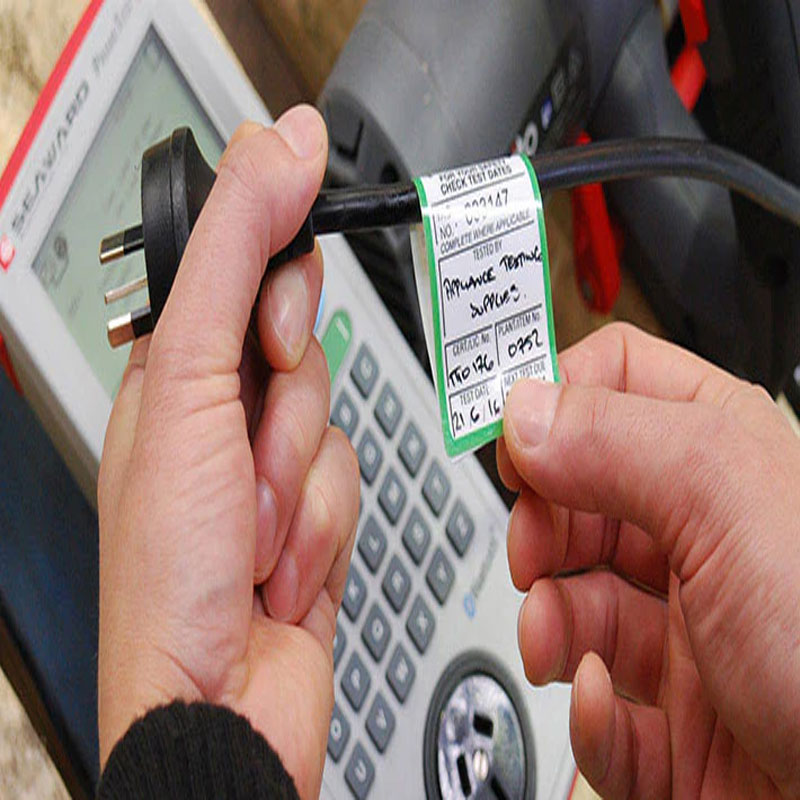
How often do I have to Test and Tag my electrical equipment
We often get asked ‘How often should I test and tag my equipment’ but the answer isn’t always straight forward. The default advise for frequency of testing is based on the best practice recommendation from AS/NZS 3760:2010. However by understanding the requirements under legislation you will be able to better understand the requirements specific to your business.
Construction and Demolition
The OSH regulations outline specific inspection requirements for construction and demolition sites and references AS/NZS 3012:2003. The requirements under this standard is for quarterly testing of portable electrical equipment on construction and demolition sites. This is non-negotiable and a mandatory requirement.
All other places of business
For businesses not working on construction and demolition sites the frequency of testing is not mandated in regulation and, as such, it is important that you understand the requirements to ensure you are compliant, yet not adding excessive overheads and administration by testing your equipment too frequently.
The OSH regulations requires the employer to ensure that electrical equipment is in safe working order and subjected to the appropriate tests and inspections necessary to reduce risk to persons in that workplace.
The recommendation for those businesses is to use the TABLE 4 in AS/NZS 3760:2010 as a guide.

Alternatively the business may also utilize a risk assessment approach to testing and tagging. For example. The employer in charge of a warehouse that conducts maintenance that is relatively low impact, may decide as part of the risk assessment process, that the requirements under TABLE 4 in AS/NZS 3760:2010 are not appropriate for the conditions. The Risk assessment may identify the low impact nature of the operation and the control measures taken by the employer to further reduce the risk. As a result of this process the employer may determine that a lower frequency of testing is required for the environment.
In following this process the employer can demonstrate that a system is in place to regularly inspect and test equipment thus reducing risk for persons in the workplace.
Advantages Of Testing and Tagging
Obviously the intent of any testing and tagging schedule is to ensure that electrical equipment is electrically safe for use. However there are also other advantages often overlooked.
During testing and tagging, equipment that is close to failure can be identified by the test results. For process and manufacturing clients this can be save time in the long run by identifying faulty equipment and providing time to procure a replacement part.
A test and tag register is also developed during the process allowing a comprehensive tooling list to be provided to the client allowing tracking of assets and locations.
Advantages Of Testing and Tagging
To do our part to assist our regular clients maintain compliance, yet reduce the cost to the business we offer our testing and tagging service at a fixed cost of $2.95+GST per single phase item and $4.95+GST per 3 phase item. Being electrical contractors we can also fix damaged equipment on the spot for a fraction of the cost of tool repair centers. This is just another way that we support our clients electrical needs.
For more information Contact us on (08) 9477 3894 or email: phil@lecegroup.com.au
For More reading Click on the following link: MS – Guide – testing and tagging portable electrcial equipment and RCDs at workplaces (commerce.wa.gov.au)